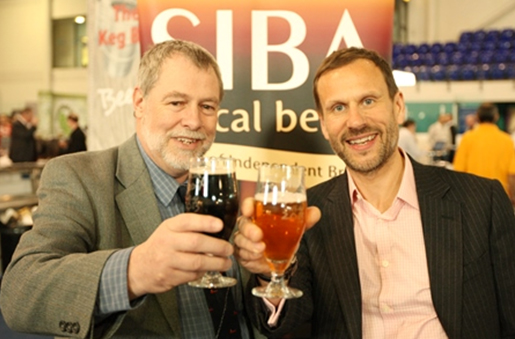How to define craft beer
Is it something in the water? Brits like eccentrics – think Boy George and David Bowie. By the same token they passionately dislike labels. This applies to the country’s recent crop of small brewers too.
Figures from market research outfit Mintel show that one in five British adults have drunk craft beer in the past six months. Over the past 15 years, the number of breweries in the UK has risen threefold to more than 1,400, despite the total beer market shrinking by around a quarter during that time.
London, which had two breweries in 2006, now boasts close to 70. “Craft beer is the biggest thing to hit beer in living memory. There’s just one problem: no one involved in this thing seems to be able to agree on what it actually is”, a Guardian newspaper commentator wrote on 21 March 2015.
Comparing the UK situation to the U.S. does not get you anywhere. Craft in the U.S. is a straightforward proposition. The U.S. Brewers’ Association defines a craft brewer as one that is small, independent and traditional, and runs a tight ship as to who is admitted to this club. In the UK, there is no comparable definition. Craft accounts for 2 percent, 10 percent or maybe 20 percent of the market, depending on who you ask, and how they define it.
In the UK there is the Society of Independent Brewers (SIBA), which was founded in 1980 to represent the interests of what were then called microbrewers. Today, SIBA has 800 brewery members, but its new CEO Mike Benner (formerly with CAMRA) is careful not to use the word “craft”. The word is conspicuously absent from the organisation’s new strategic plan “because membership is split down the middle as to whether we should call ourselves craft brewers or not”, Mr Benner told The Guardian.
The Guardian newspaper says that when craft beer emerged in the U.S., “it stood against a market dominated by three identical-tasting commercial lagers. It clearly stood for quality and flavour.” Alas, in the UK, there was already a product that tasted very different from American craft beer, yet was also “traditional, small scale and independent”: it came by the name of “real ale”.
So are we right in assuming that craft beer is the same as real ale? Err, well, hurrump …
Not according to CAMRA, the UK’s Campaign for Real Ale. When this consumer pressure group was set up in 1971, it identified as the difference between good and bad beer that “good beer” was fresh, live, unpasteurised and served from a traditional cask, while “bad beer” was filtered, pasteurised, artificially fizzy (because of added carbon dioxide) and served from pressurised kegs.
Many in CAMRA, says The Guardian, still believe that cask is good and keg is bad. American craft beer shares some characteristics with cask ale, but it’s often filtered and served from kegs, bottles and even cans.
In 2011, CAMRA’s Chairman Colin Valentine launched a scathing attack on craft beer, especially the U.S. variety, because it is keg beer after all.
The Guardian writer concludes: “I realise that these debates about the meaning or even the existence of craft beer – debates that must seem amusingly eccentric or boring and nerdish to some – only happen because everyone arguing cares so much about good beer. They might disagree over what (and who) makes a good beer, but they think it’s too important to be left unexamined. For the more mainstream audience, who don’t really care about the relative merits of cask and keg, or the size of the brewery that made their beer, craft is a useful shorthand for quality, flavour and integrity. It’s something a bit different from the normal, mass-produced homogeneity; something worth paying a bit more for. And that’s all the definition it needs.”
Isn’t this a truly British response to the issue?


